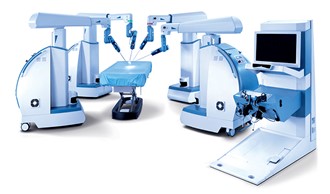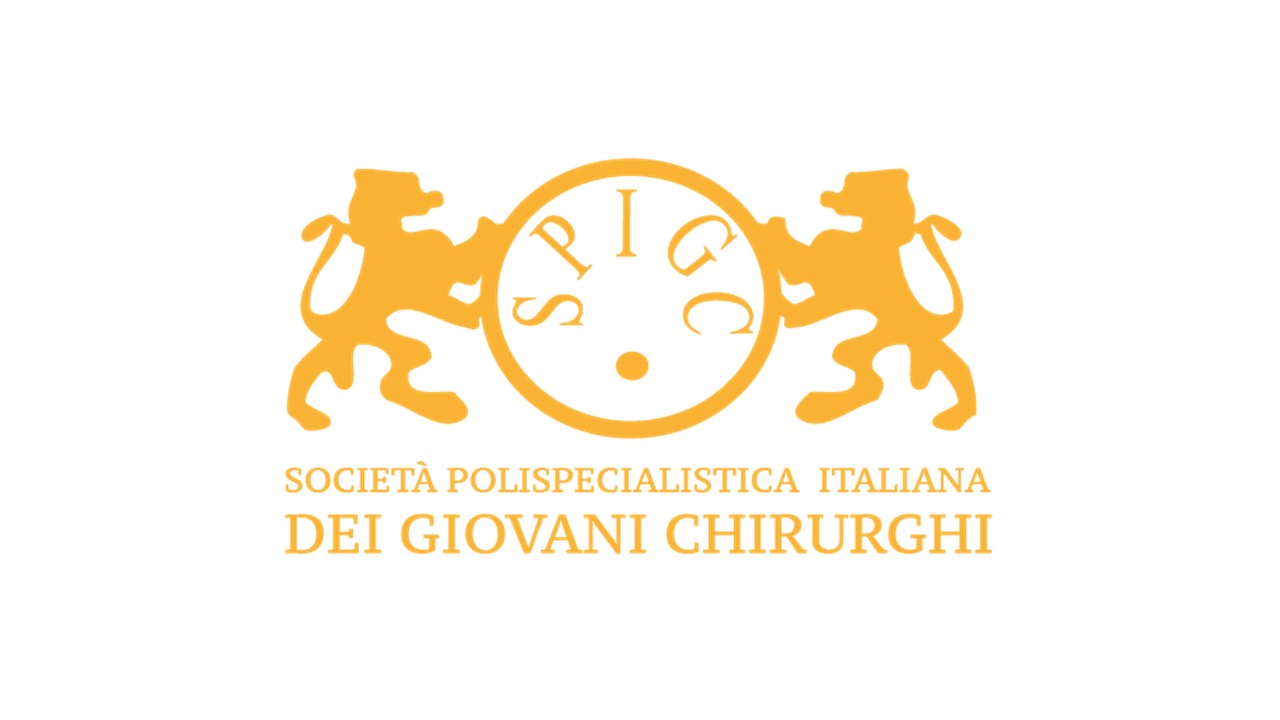BJS Academy>Continuing surgical ...>ERAS – yester...
Surgical digest
ERAS – yesterday, today and also for tomorrow? The ERAS Society perspective.
Olle Ljungqvist
School of Medical Sciences Dept of Surgery Örebro University Hospital & Örebro University SE-701 85 Örebroolle.ljungqvist@oru.seolle.ljungqvist@ki.se
Ulf Gustafsson
Department of Surgery Danderyd Hospital & Department of Clinical Sciences Danderyd Hospital Karolinska Institutet Stockholm, Sweden
Hans D. de Boer
Department of Anesthesiology Pain Medicine and Procedural Sedation and Analgesia Martini General Hospital Groningen Groningen, The Netherlands
Related articles

Robotics surgery
Omar Yusef Kudsi, MD, MBA, FACS
Introduction With multiple advantages over laparoscopic and open surgery, including stereovision, enhanced precision and dexterity, surgeons are transitioning to robotic surgery. Practicing robotic surgeons praise the platform’s improved ergonomics and camera control, advantages that are worth the challenge of overcoming the steep learning curve. Thus, robotics is becoming the cornerstone for advancing the field of minimally invasive surgery. An obvious pattern in the diffusion of cutting-edge technologies is that it starts with one manufacturer – Intuitive Surgical has currently near complete dominance of the robotic surgery market. However, in the future, new robotic platforms will become available. Here we discuss the advantages and challenges with robotic surgery.

Resilience and the modern surgeon
Dr Agnes Arnold-Forster
Military metaphors The place (and some of the problem) of resilience in surgery lies in its origins in the profession’s long historical association with the military. In the nineteenth century, members of the medical professions exploited and elaborated, as historian Michael Brown has put it, “visions of masculinity framed by war, heroism, and self-sacrifice.”1 Clinical practice was conceptualised as a form of warfare against a malevolent enemy and military metaphors were used to refer both to the activities of germs, gangrene, and cancerous tumours, and to the actions of surgeons and physicians. The military metaphor worked on multiple levels. Surgeons were waging war against damage, disability, and disease – inanimate, if deadly foes. Surgeons were also increasingly seen as part of a society-wide conflict between life and death, cures and killers, progress and stagnation. In 1900, Surgeon-Extraordinary to Queen Victoria, Frederick Treves, spoke at the annual meeting of the British Medical Association. His address entitled, ‘The surgeon in the nineteenth century,’ concluded with a flourish, reflecting on the future of surgeon in a passage suffused with military language: “So as one great surgeon after another drops out of the ranks, his place is rapidly and imperceptibly filled, and the advancing line goes on with still the same solid and unbroken front.”2

Is there a role for coaching in surgical training and beyond?
Rebecca Winterborn
I have often wondered why as Consultant Surgeons we do not have coaches. Professional sportspeople, singers and even high-end executives receive coaching throughout their careers. Why is it that we think as surgeons we magically become competent and stay competent? Why do we still follow a model of pedagogy, where there is a presumption that, following a period of teaching, after a certain point, instruction is no longer needed. ‘You’re cooked’ and you can go the rest of the way yourself, with a reliance on continuing personal development. Back in 2011, Atul Gawande authored an article in The New Yorker entitled Personal Best1. He noted that within 10 years of completing his surgical training he had reached a plateau. His rate of complications steadily lowered to better than average and there they stayed. It felt to him like the only direction they could go, was backwards. He reflected that his outcomes were not necessarily about his evolving practical skills but more about familiarity and judgment. Would coaching help to maintain his outcomes, in the same way that coaching helps to maintain Rafa Nadal’s outcomes playing tennis. He enlisted the support of a retired colleague who observed him in theatre and offered advice and coaching. He noted that his complication rates started to reduce again as he applied the insights.
Copied!
Connect

Copyright © 2025 River Valley Technologies Limited. All rights reserved.








.jpg)



